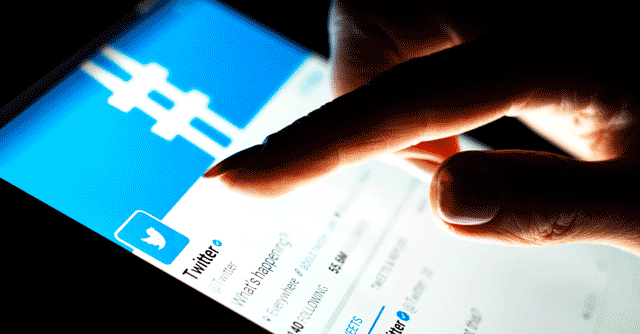
What Twitter open sourcing its algorithms may mean for the platform


As Elon Musk announced his takeover of social media platform Twitter, he issued a statement underlining some of the changes that he would be making to it. While free speech seems to be at the core of Musk’s plans, one key change that he highlighted was to make the platform’s algorithms open source in order to “increase trust”. Musk said that it will help users gain insight into how the platform ranks content, but experts have pointed out that the same may not be true. Mint explains:
Which algorithm is Musk talking about, and what does open-sourcing it mean?
To be sure, what Musk referred to was not the source code for Twitter itself – but the content recommendation algorithms. The latter is code used by Twitter to decide which posts are visible, and how such posts are prioritised. It is also colloquially referred to as the content recommendation algorithm.

Making the recommendation algorithm open-source, will allow anyone to read the computer code that forms the algorithm. Recommendation algorithms are proprietary and form the core intellectual property of key social media platforms, like Twitter, Facebook and TikTok.
Interestingly, since the takeover, Twitter has locked down its source code repository on Github, which was so far available in the open. It contained the platform’s source code, not the recommendation algorithm.
Does this mean that Twitter will be divulging their proprietary data in the open?

Not really. Domain experts like Venkatesh Hariharan, advisor and public policy consultant at FOSS United, and Jayanth Kolla, co-founder at Converge Catalyst, state that simply making their algorithms open-source does not particularly give too much away.
The real effect of these algorithms would only be possible to assess if the code is paired with Twitter’s user data – and their content recommendation policy document, said Ramesh Kestur, adjunct faculty and senior research fellow at the International Institute of Information Technology, Bangalore. Artificial intelligence (AI) algorithms like these make decisions in real-time, and even the programmers who originally coded them are often at a loss as to why a decision was made.
Hariharan told Mint that the algorithm itself is only the structure on which Twitter’s recommendation process is built. Without details on its content policy, and working examples of how decision making happens through its algorithms based on real-world data, the code alone won’t give away much of the company’s trade secrets.

Interestingly, former CEO Jack Dorsey had taken a stab at this last year. In the fourth quarter earnings call in 2021, Dorsey had suggested that a “marketplace” approach to ranking algorithms on social media could give more choice. He said that such an approach, where users will be presented with multiple ranking algos to choose from, could help address problems facing Section 230 of the US’ Communications Decency Act. This Act deals with intermediary protections, a purpose that is served by section 79 of India’s IT Act.
Would Twitter’s algorithms help AI researchers understand recommendation bias?
Yes, and no. What engineers can do, once the Twitter algorithms are open-sourced, is to reverse-engineer the code based on the content recommendation that is visible on the platform, explained Kashyap Kompella, an AI industry analyst. This can help them understand the limitations of the way Twitter recommends content to its users, thereby figuring out flaws intrinsic to the platform.

However, others, like Kolla, believe that AI bias is not something that would be apparent simply through Twitter’s algorithms – and a lot of it has to do with the company’s internal policies that define how the social media platform wants to be to its users.
Can this set a precedent for the rest of the tech industry to follow?
Most believe that this will set a model for other companies to pursue. Open-sourcing of product source codes is not new in the industry, and there are millions of open-source code repositories in the world. On paper, this helps companies invite independent researchers and auditors to apply checks and balances on their platforms. However, it remains to be seen how much such checks and balances apply to Twitter.

Additionally, experts also believe that such a move may spur Twitter’s competitors to offer more explanation in terms of products such as Google Search work to rank pages.
Does this increase trust?
Experts said that it’s not exactly trust that increases through this. They reiterated that while this might give users a sense of the logic Twitter applies to some posts, the key lies in the company’s policies for recommending posts or even taking them down.

